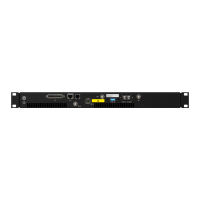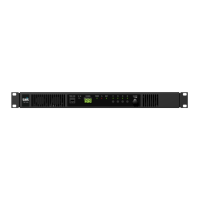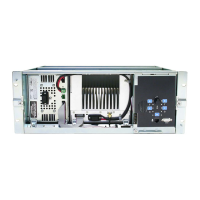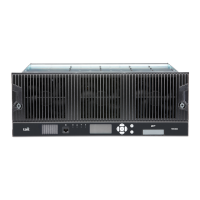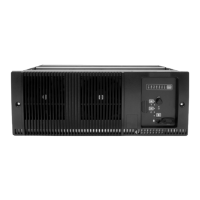66 Installation TB7300 Installation and Operation Manual
© Tait International Limited December 2022
A change in frequency of 5MHz requires approximately one turn of the
tuning slug. If tuning to a lower frequency, turn the slug clockwise; for
a higher frequency, turn the slug anti-clockwise.
7. Change the RF input signal and the receive frequency to 0.5MHz
above and below the required frequency and check that the RSSI
reading does not drop by more than 0.5dB from the reading at the
required frequency.
8. Recalibrate the RSSI at the new frequency (Calibrate > Calibrate >
RSSI).
If you wish to confirm the accuracy of the tuning procedure, carry out a
sensitivity measurement at the new frequency.
5.5 Installing the Base Station on Site
5.5.1 Base Stations for Trunked Systems
When installing base stations that are part of a trunked system, it is
important to observe good site engineering rules. This is especially true
when the channels are combined into a single antenna.
If possible, the RF planner should avoid frequency plans in which the Rx
to Tx spacing is an exact multiple of the trunked channel spacing, thus
forcing Tx intermodulation products to fall outside the Rx channels.
Cables and antennas should be of high quality. Solid shield heliax cables
are best, but if braided shield cables must be used for short distances, their
braids must be silver-plated. Isolators must be used at all transmitter
outputs.
When the outputs of more than one transmitter are combined, their voltages
add, and the resulting peak envelope power is not simply the sum of their
powers, but is equal to the power of one of them multiplied by the square
of the number of sources. Cables, components, and hardware must be rated
to withstand the peak envelope power.
During the commissioning process, all transmitters should be activated
together using a diagnostic test tone, while the receiver RSSI is monitored.
There should be no discernible increase in RSSI while the transmitters are
active.
